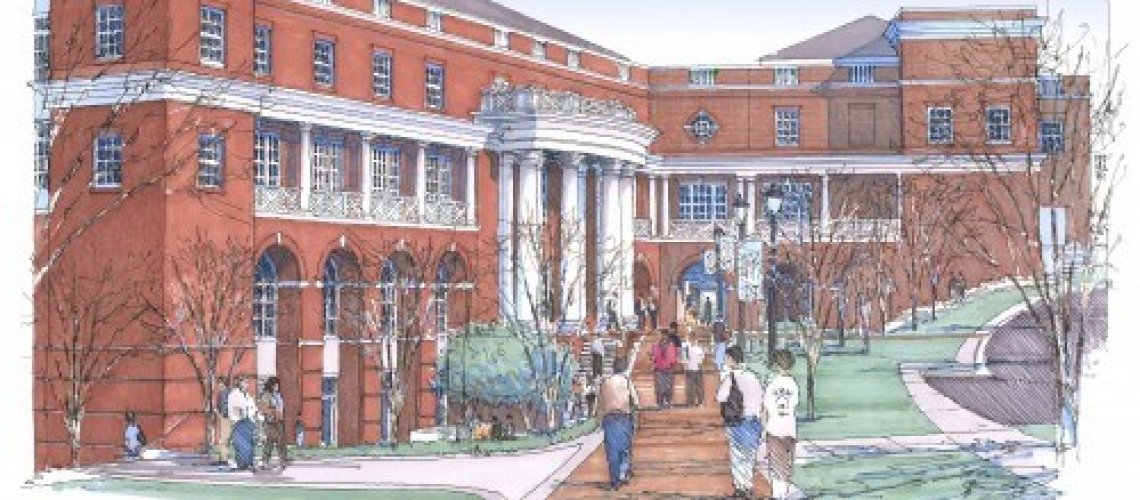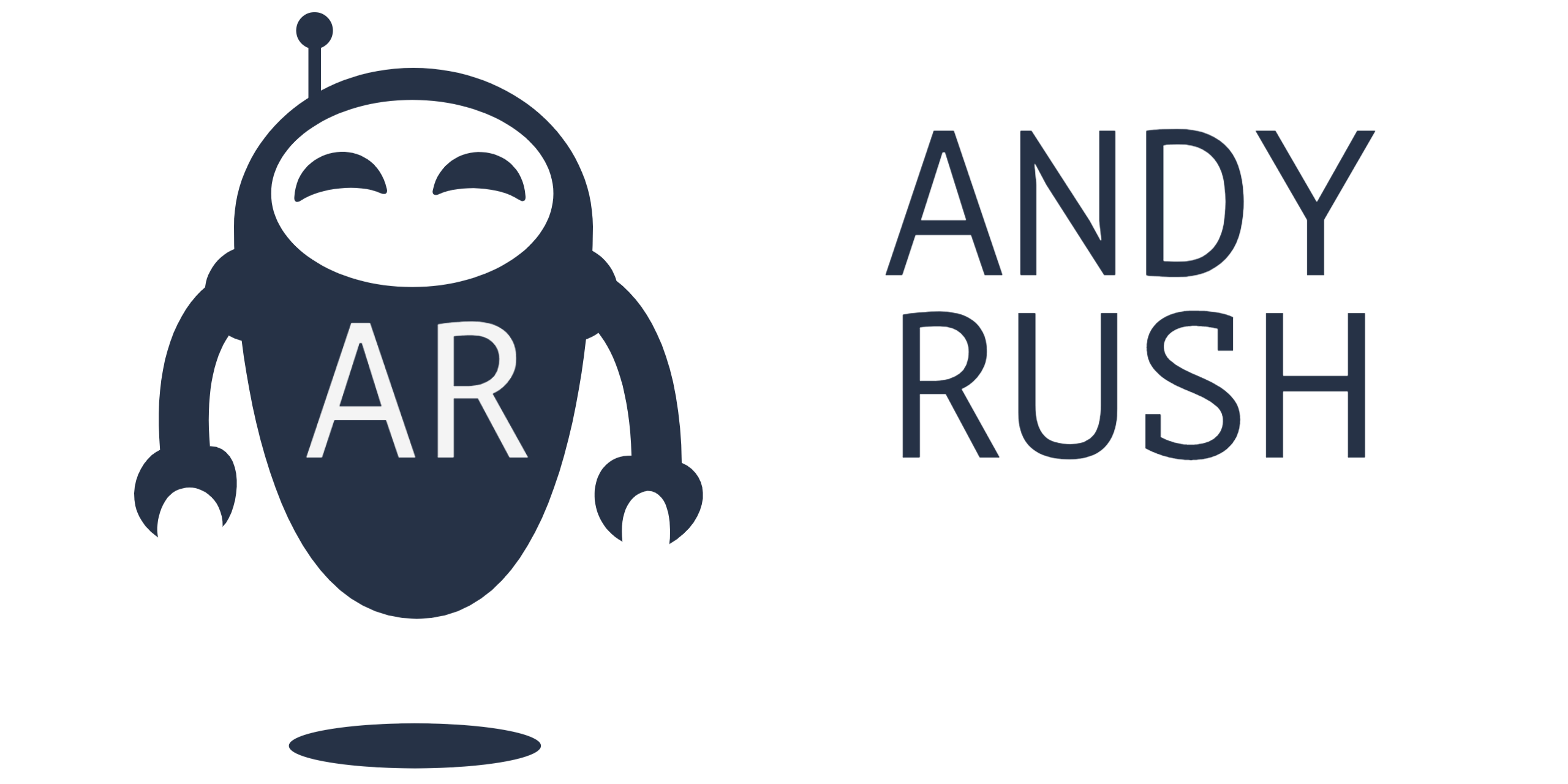It’s called the Information and Technology Convergence Center and every indication points to it being on-track for completion in the spring of 2014. Even though we are 9 (+/-) months away from opening, we are finalizing much of the AV technology going into the building. Those involved in many of the various meetings regarding the building are doing their best to specify the technology, furniture, and functions that will happen here.
It’s tricky though. There is always that uneasy balance between what we do now, in higher education technology, and what we want to do in the future. There’s even that variable of what we THINK we want to do, and what will ultimately make sense to do. Plus, there’s lots of different people involved and lots of different ideas. Like I say, it’s tricky.
There will be several different organizations in this building. There will be the Writing Center and the Speaking Center, most of the various IT divisions including the Help Desk, the data center, and the IT business office. The building will have “traditional” classroom spaces (albeit loaded with technological capabilities), “active” classrooms that will encourage collaborative learning, and even an “incubator” classroom that will encourage out and out experimentation in teaching with technology. My division, the Teaching and Learning Technologies (DTLT) unit will be there thinking about the technological possibilities along with the pedagogical ones.
With all of the conversations that have taken place about this building, going on 7 years of realistic discussions, and more if you count the pipe-dream conversations of long ago – there is still a prevailing question of “what is going to happen in this building?” My knee-jerk reaction is to blame higher education’s lack of imagination for asking such a question. “Isn’t it obvious?” I want to scream! It’s a place where we will foster creativity! It will be a busy beehive of excited students, faculty, and staff who come into the space and imagine all kinds of new ways to contribute to an educational community. It will be, as the narrative on the webpage describes, an academic commons. “A place where a variety of technology, information, and teaching resources will come together.” It will literally converge with the library where the research and reference components will be added to the mix.
I actually prefer the “Commons” moniker as opposed to the “Convergence” one. The reason being is that I prefer it being a space where sharing is an integral part of what happens in the space. And that sharing experience happens because people are exposed to the space. It becomes an experience as soon as you walk on the grounds of the building, from its courtyard and amphitheater on the outside, to its video wall, collaboration spaces, and digital auditorium on the inside. DTLT envisions it as an extension of what we are able to do in our current offices – bring our ideas to each other in an open environment. The innovation that occurs happens because we all bring our good ideas (and our bad ones that get shot down) to a common space.
This building will have lots of possible activities – Lectures, Conferences, Teaching, Theater Events, Movie Nights, Receptions, Training, Consultations, Technology Production (to the nines), Art Exhibits (especially on the Video Wall), even Vending and Coffee Drinking. Who knows, maybe one day Weddings and Bar Mitzvah’s. The building has physical resources to get all of those activities accomplished. What I want to make sure of is that the activities of knowledge, ideas, and creativity are exposed as well.
So I’m not disheartened that people don’t know yet what this building will do, because people haven’t stepped inside it yet. When they do visit and explore, when they experience what is going on in and around the building, I wish for them to be transformed by it and “get” what can happen.
I could stop here and be self-satisfied that I have fully explained the Convergence Center to one and all. However to get people into the building, you’ve got to say more than “if you build it, they will come.” When we first started thinking about a building at UMW, many of us had Emory University’s Cox Center in mind. An interactive map helps begin to explain the space, but the closest thing to a mission is this statement – “flexible space with integrated technologies that enhance and encourage communication and collaboration among the Emory community.” OK. That’s a good start, but maybe I want a bit more.
Recently, the Hunt Library at North Carolina State University was brought to my attention.
This video gets at what I want the Convergence Center to be. A place that immediately puts you in a creative mood, with the context being scholarship. Statements like “we’ve got something great here”, and wanting the building “to grow and breathe with technology”. A building that is almost being treated as a developing child. I’m not a big fan of the “competitive edge” talk, but that will be used by the recruiters, I’m sure. However, they do further talk about the space being “an experience” and “having surprises around every corner.” Yes!
I also found this regarding Occidental College’s Academic Commons:
A knowledge environment, intellectual community, and information center with spaces, resources, tools, and support for teaching, learning, and study at the College … the developing Academic Commons helps to integrate the scholarly life of the campus.
They then take it another step:
Imagine … a premier scholastic environment that makes visible Oxy’s commitments as a 21st century liberal arts and sciences college. The Academic Commons at Occidental College is becoming that space. [emphasis mine]
So a “knowledge environment” that “makes visible” a commitment to a 21st century liberal arts and sciences college (or in our case University *wink*). Lest you be confused, I am not talking about a new curriculum with new programs that reflect the jobs of the 21st century. I’m talking about the traditional liberal arts, in a 21st century context.
Ed Ayers, President and Professor of History at the University of Richmond wrote recently in the EDUCAUSE Review about the importance of digital scholarship.
To be recognized and rewarded as scholarship in the traditional sense, digital scholarship must do the work we have long expected scholarship to do: contribute, in a meaningful and enduring way, to an identifiable collective and cumulative enterprise.
That’s the Commons. And what should be called the Digital Commons. And it will function as an Academic Commons. One day we might even stop using “Digital” and “e-” in front of everything. The Commons will be physical as well as virtual. Online. Offline. Synchronous. Asynchronous. It will be shared. But like all Commons areas, there will also be the need for caretakers. Anyone who has heard of the digital scholarship work here at UMW knows that we have a solid group of caretakers ready to unleash the possibilities on the UMW community and beyond. It all starts with a place to gather.
Epilogue – I have much more to write about this building, and specifically the technology that will be available in it (which I am helping to specify). It’s what I do, and what I love to think about.


3 Responses